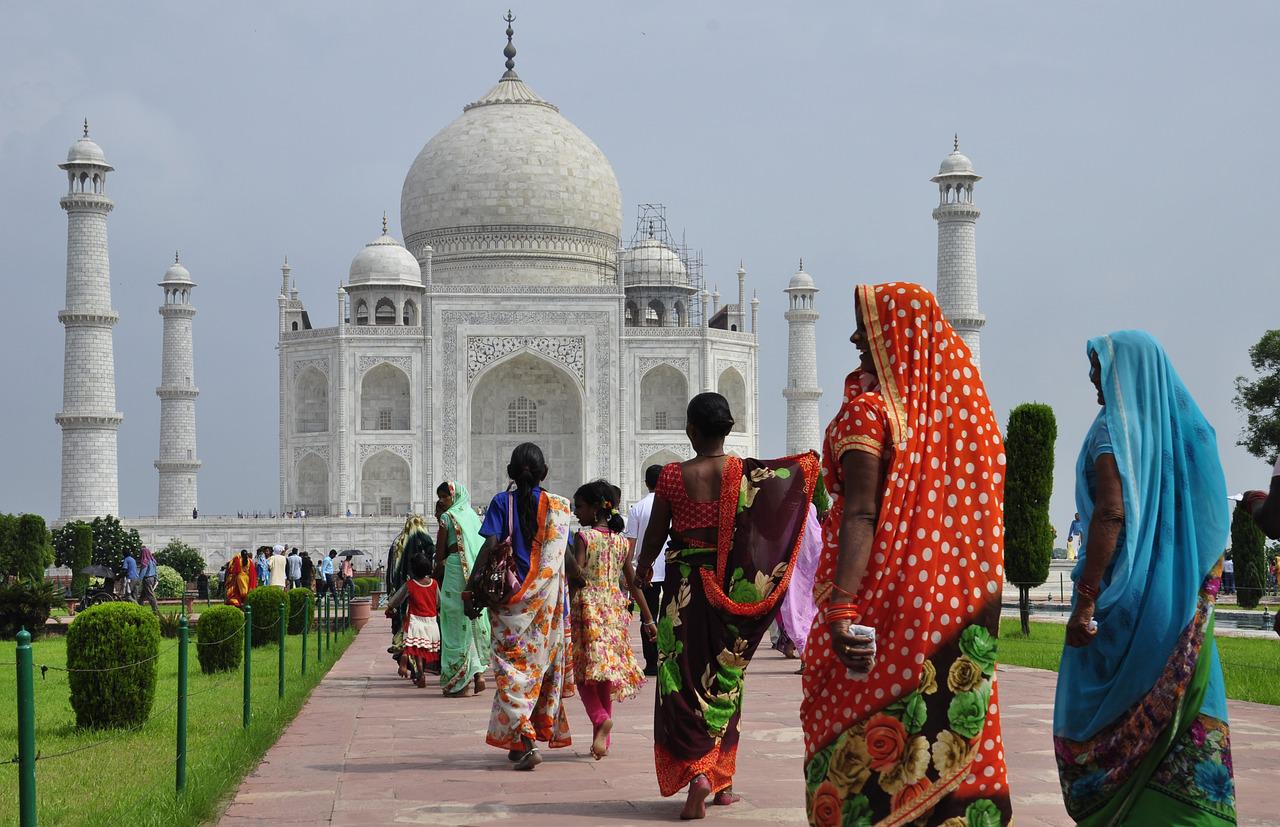
Vocabulary:
I will read the words, meanings, and sample sentences. Then, repeat after me.
- uneven /uhn-EE-vuhn/
- republic /ri-PUHB-lik/
- implementation /im-pluh-muhn-TEY-shuhn/
- incentive /in-SEN-tiv/
- surpass /ser-PAS/
[adjective] – not level, equal, flat, or continuous
The distribution of financial resources was uneven.
[noun] – a country without a king or queen, usually governed by elected representatives of the people and a president
Andora is a mountain republic located between France and Spain.
[noun] – the act of starting to use a plan or system
There is a ten-year time frame for the implementation of the new policies.
[noun] – something, especially money, that encourages a person or organization to do something
A little incentive will make the employees work harder.
[verb] – to do or be better or more than something else
It will be hard to surpass this very high score.
Article reading:
Please read the whole article. Then, I will check your pronunciation and intonation.
According to UN estimates, India will overtake China as the world’s most populous country next year, with 1.4 billion people. The world’s population will reach 8 billion by November of this year. However, population growth is not as rapid as it once was. It is now growing at its slowest rate since 1950 and is expected to peak in the 2080s at around 10.4 billion people, according to the UN, though some demographers believe it could happen sooner. However, global population growth is uneven. More than half of the future growth will occur in just eight countries: the Democratic Republic of the Congo, Egypt, Ethiopia, India, Nigeria, Pakistan, the Philippines, and Tanzania.
At the same time, some of the world’s most developed economies are already experiencing population decline as fertility rates fall below the “replacement rate” of 2.1 children per woman. According to the report, the population will decline by at least 1% in 61 countries by 2050. China has announced that its population will begin to decline next year despite the abandonment of China’s one-child policy in 2016 and the implementation of incentives for couples to have two or more children. As India’s population continues to grow, it will almost certainly surpass China as the world’s most populous country. Fertility rates are falling worldwide, including in many countries where the population is growing. This is because, as previous generations expand, more people have children, even if those people have fewer children than their parents did.
At the same time, some of the world’s most developed economies are already experiencing population decline as fertility rates fall below the “replacement rate” of 2.1 children per woman. According to the report, the population will decline by at least 1% in 61 countries by 2050. China has announced that its population will begin to decline next year despite the abandonment of China’s one-child policy in 2016 and the implementation of incentives for couples to have two or more children. As India’s population continues to grow, it will almost certainly surpass China as the world’s most populous country. Fertility rates are falling worldwide, including in many countries where the population is growing. This is because, as previous generations expand, more people have children, even if those people have fewer children than their parents did.
Discussion Questions:
I will read each question. Then, please answer them.
- What is your country’s population? Could you tell me more about it?
- What is the most populous city in your country? Could you describe the city?
- Would you like to live in a populated place? Why or why not?
- Do you agree that people have fewer children than their parents did?
- In your opinion, what are some of the disadvantages of a populated place?
Summarization
Please summarize the whole article using your own words and expressions. You will have one minute to prepare before you answer.
Describe:
Please explain the definition of each word listed below based on your understanding. You can provide example sentences if needed.
- populous
- occur
- economy
- previous
- expand